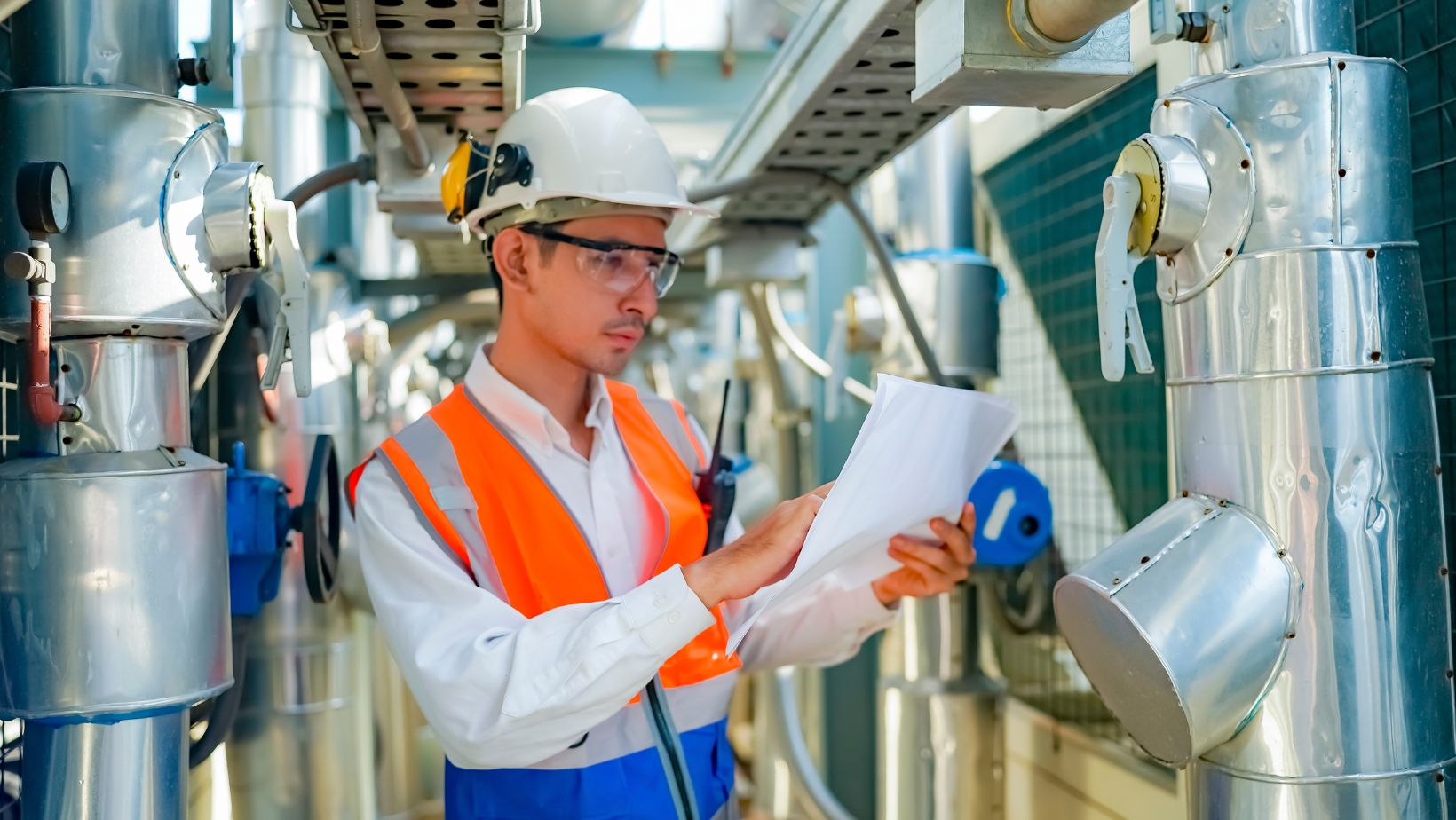In today’s highly competitive market, quality control is more crucial than ever. One essential component of quality control in the manufacturing process is seal inspection. This article explores what seal inspection entails, the technology behind it, and its significance in maintaining product quality and safety.
What is seal inspection?
Seal inspection involves examining seals on products to ensure they meet quality standards. Seals are critical in protecting contents, maintaining freshness, and providing tamper evidence. Poorly sealed products can lead to leaks, contamination, and reduced shelf life, all of which can damage a brand’s reputation and bottom line.
The importance of seal inspection in manufacturing
Seal inspection is vital in industries such as food and beverage, pharmaceuticals, and electronics where product integrity is paramount. Detecting and correcting seal defects early can prevent costly recalls and ensure compliance with industry regulations. With consumers increasingly concerned about product safety, reliable seal inspection processes can enhance trust and loyalty.
Technologies used in seal inspection
Vision systems
Advanced vision systems are commonly used to inspect seals on production lines. These systems use cameras and image processing software to detect defects like wrinkles, gaps, or uneven seals. Vision systems offer high accuracy and speed, making them ideal for high-volume production environments.

Infrared and ultrasonic inspection
For non-transparent packages, infrared and ultrasonic inspection methods are employed. Infrared systems detect heat differences around the seal area, indicating potential defects. Ultrasonic waves, on the other hand, can penetrate various packaging materials to assess seal integrity without damaging the package.
Pressure decay testing
In industries where airtight seals are crucial, pressure decay testing is used. This method involves pressurizing the package and monitoring for pressure loss, which can indicate a compromised seal. It’s an effective technique for ensuring the seal is robust enough to maintain product integrity during storage and transport.
Best practices for seal inspection
Regular calibration and maintenance
To ensure the accuracy of inspection systems, regular calibration and maintenance are essential. Scheduled checks help prevent machine errors and ensure consistency in detecting defects.
Training and skilled personnel
Having skilled personnel who are trained in operating and interpreting the results of inspection systems is crucial. Proper training ensures that operators can quickly respond to any issues and maintain product quality throughout the manufacturing process.
Integration with quality management systems
Integrating seal inspection systems with quality management systems allows for better tracking and analysis of defect data. This integration facilitates continuous improvement and helps manufacturers identify trends and potential areas for process optimization.
Conclusion
Seal inspection is a fundamental aspect of quality control, ensuring that products remain safe and reliable for consumers. By employing advanced technologies and adhering to best practices, manufacturers can enhance product quality, maintain consumer trust, and protect their brand reputation. Investing in robust seal inspection processes is not just a compliance measure but a strategic move towards operational excellence.